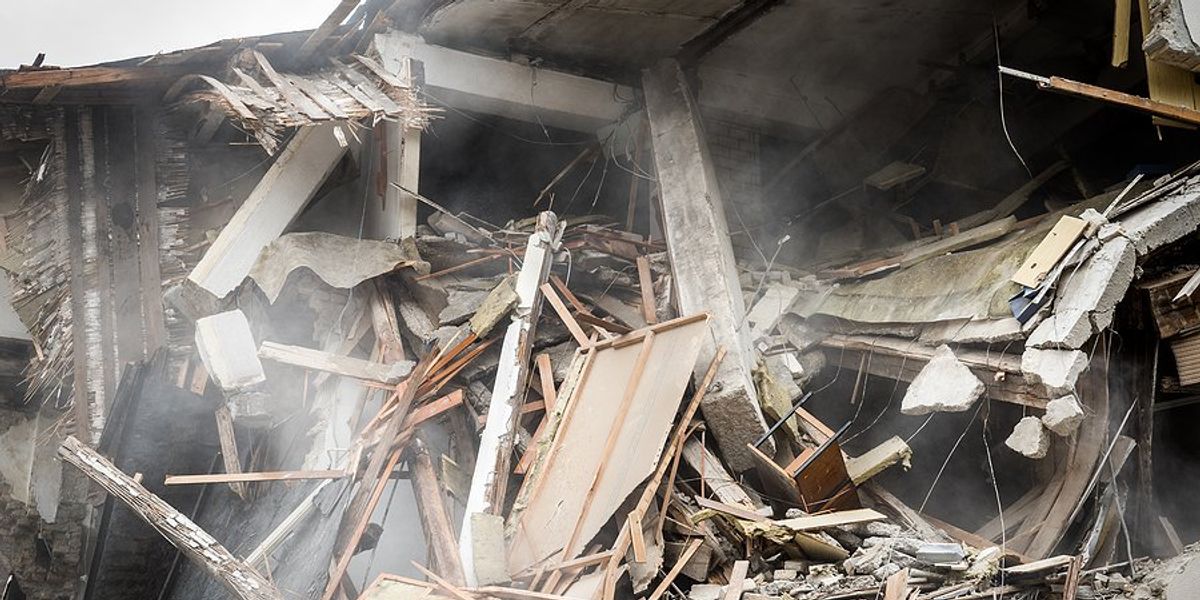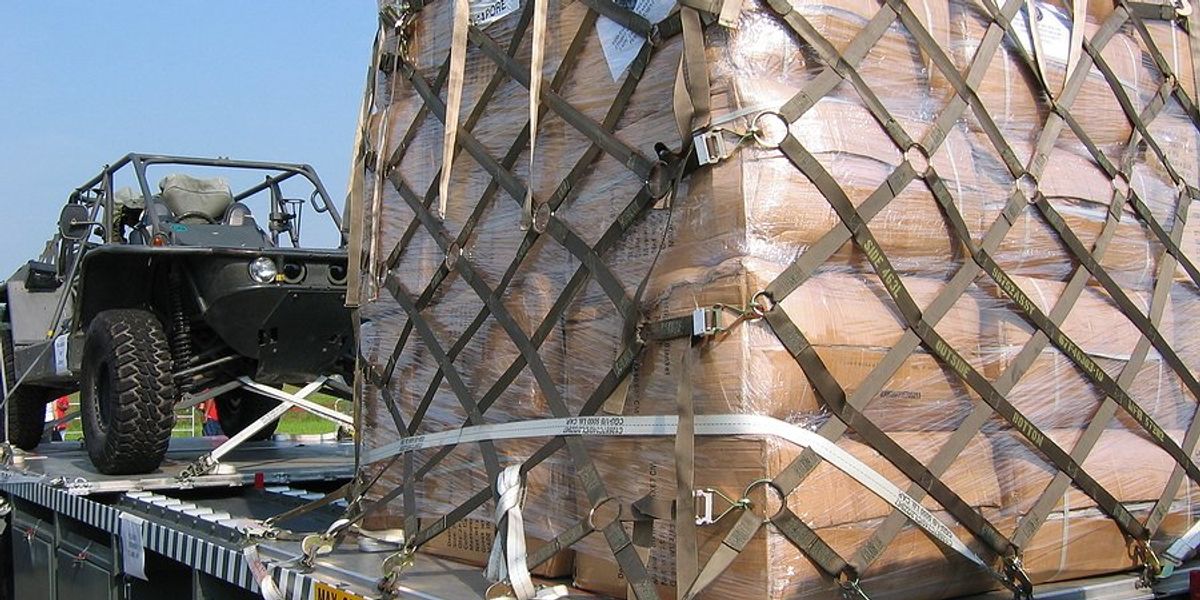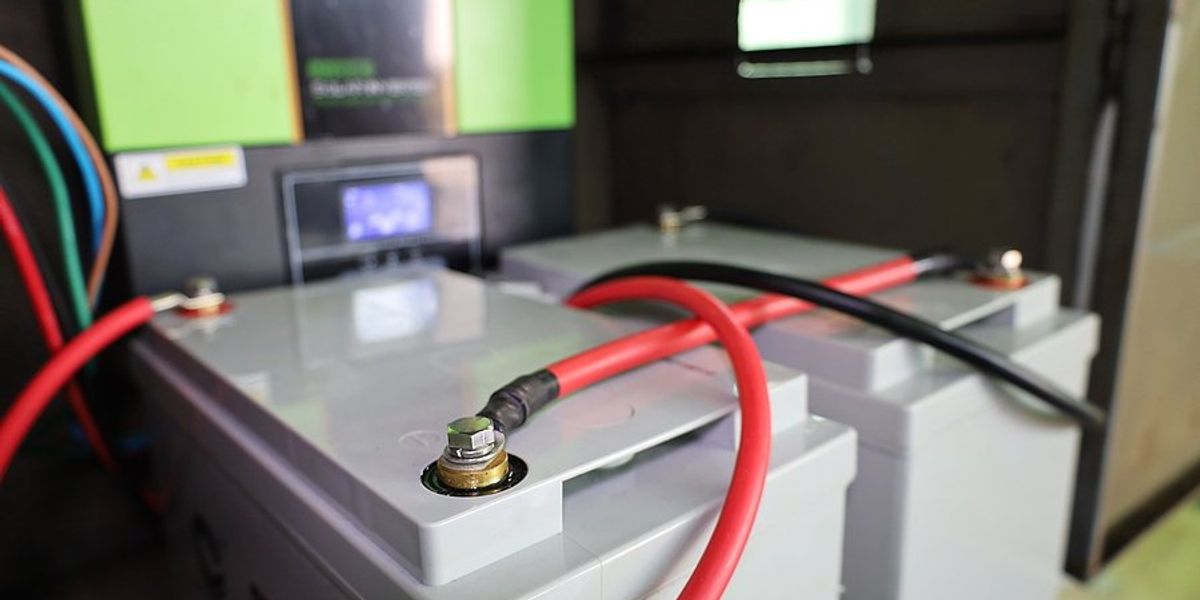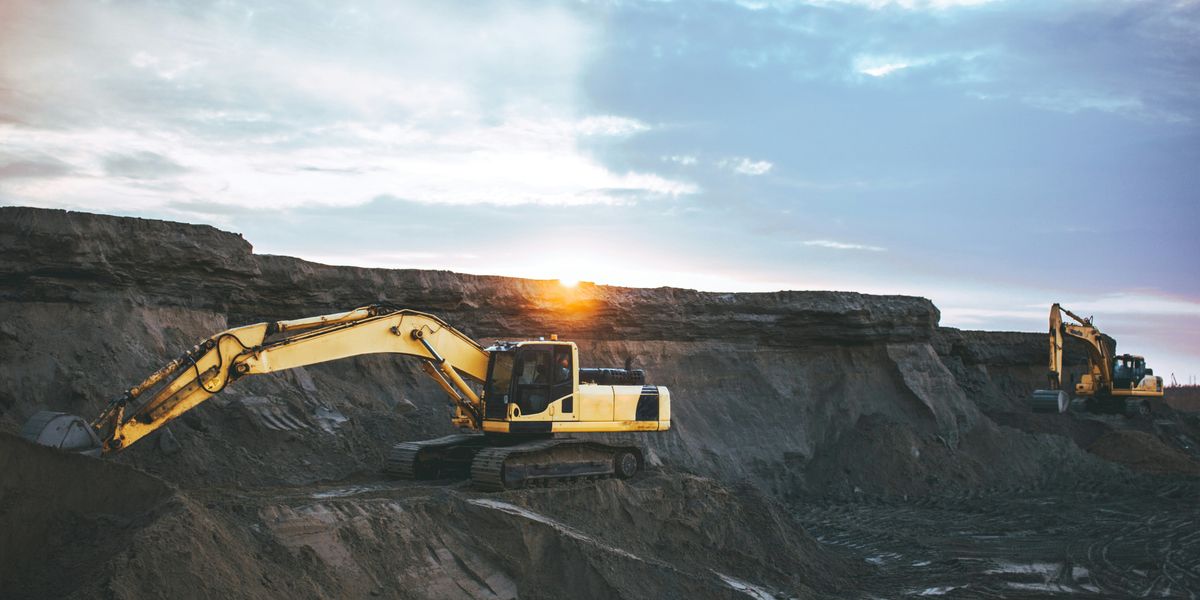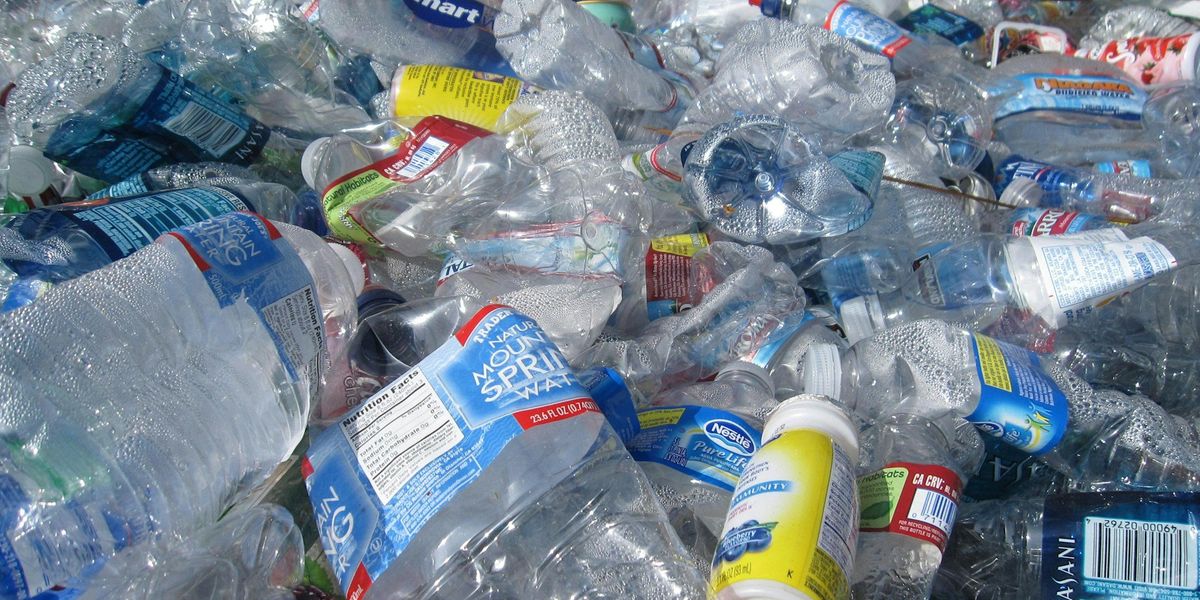
Rebuilding without gas could be the cheaper, faster path for LA’s wildfire victims
Los Angeles officials waived the city’s all-electric building code to speed post-wildfire recovery, but a new report argues that electric-only reconstruction is actually faster, cheaper, and cleaner.
Alison F. Takemura reports for Canary Media.
In short:
- A University of California, Berkeley report finds that rebuilding all-electric homes after the January wildfires in Los Angeles could be simpler and less expensive than including gas infrastructure, due to lower construction complexity and long-term utility savings.
- Electric-only homes avoid costly future retrofits and are expected to have lower energy bills, especially with heat pumps, despite California’s high electricity prices; average savings could reach $300 a year per household in LA County.
- Mayor Karen Bass initially waived LA’s all-electric requirement, but a new directive now asks city departments to streamline permitting for those choosing all-electric rebuilds, aligning with state goals for carbon neutrality by 2045.
Key quote:
“We’ve seen repeatedly that retrofitting later down the line is more expensive than constructing all-electric to begin with.”
— Kasia Kosmala-Dahlbeck, climate research fellow at UC Berkeley’s Center for Law, Energy, & the Environment
Why this matters:
Climate change is intensifying wildfires across the American West, and how cities rebuild in their aftermath will shape emissions trajectories for decades. In California, where buildings produce a quarter of the state’s carbon emissions, natural gas infrastructure locks in decades of fossil fuel use. That matters not only for the planet but for human health: Indoor gas appliances leak pollutants that can worsen asthma and other respiratory conditions, especially in children. Building all-electric homes opens the door to better indoor air quality and safer living environments.
Related: How Los Angeles will rebuild after devastating wildfires

